Organic Lawn Care: How to Improve Lawn Without Chemicals
6/22/2020 1:47:01 PM
5 steps to natural lawn care for homeowners.
What is Organic Lawn Care?
The goal of organic or natural lawn care is to create a healthy and sustainable environment for your grass, plants and family to grow without the use of conventional herbicides, fertilizers and pesticides.
What are the dangers of lawn care pesticides and fertilizers?
Pesticides, herbicides, fungicides, fertilizers and many other store-bought lawncare products can do wonders for the look of your lawn, but their warning labels will show there is some risk associated with their use.
Pesticides can affect more living organisms than they target, herbicides can harm helpful insects like bees, and water-soluble nitrogen fertilizers can runoff into the waters we drink and recreate in. But you can have a beautiful lawn, while still protecting the environment.
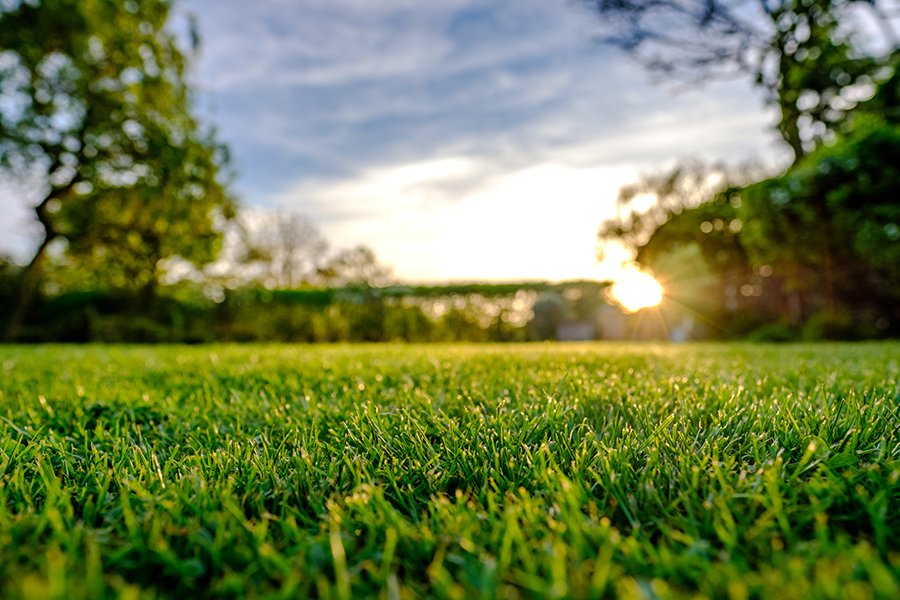
5 Steps for Organic Lawn Care
There are five factors to consider when starting your organic lawn care program. Everything from the roots, to the grass type, to water techniques and more, can all be done naturally, to create a healthy lawn.
Continue reading to learn about natural and sustainable ways that you can care for your lawn.
Step 1: Strengthen your grass roots
Like all plants, the health of your lawn starts at its roots, which is why it's extremely important to nourish and care for the soil they are in. The easiest way to tell the health of your roots is by looking at the soil and its pH level, or its measure of acidity or alkalinity. Different plants prefer soils with varying pH levels, which is why it's important to learn where your grass stands.
For example, dandelions prefer a pH level of 7.5, which is mostly neutral. Most grass thrives with a soil pH of 6.5 to 7.0, which is in the slightly acidic to neutral range.
Conducting a soil test for your pH level can be done on your own with a testing kit from a gardening store. Test your soil by taking three to five soil samples from about four to six inches below the soil surface in different areas of your lawn. Remove the grass so you're left with nothing but soil. Mix the dirt together and spread around on a disposable surface so it can dry out over a 24-hour period and test according to the instructions of your kit.
Improve your Soil Quality
If the soil is too acidic (pH 0 – 6), add organic options like wood ash to your soil. It may take several applications over a few years to take effect, but it will put your roots on a track to becoming healthier.
If the soil is too basic (pH 8 – 14), add sphagnum peat to your lawn. Just be aware that it may require some tilling to fully incorporate the sphagnum peat into the soil and for it to take effect. Another option is to add fine mulch and compost to your lawn.
Step 2: Growing Healthy Grass with Organic Lawn Fertilizers
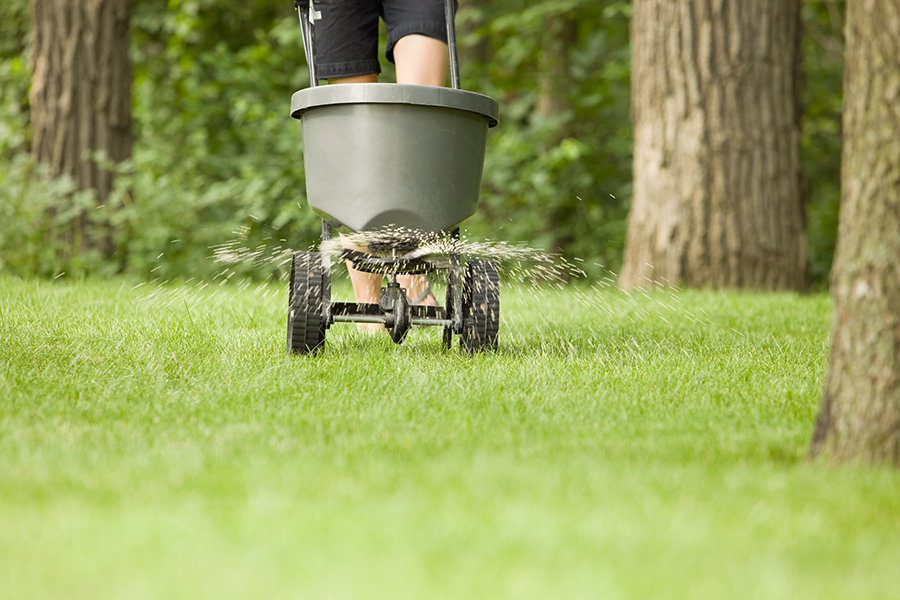
The best natural fertilizer for your grass is the mulch, or grass itself. The grass clippings you make each time you mow contain rich nutrients like nitrogen, potassium and phosphorus.
When grass is mulched into tiny clippings, microorganisms living on the soil bed break down the mulch and release those nutrients back into the soil – feeding your lawn. Additionally, creating a habitable ecosystem for those useful microorganisms enhances the ability for a lawn to fight off lawn disease and mold.
Mulching will require a mulch kit to cut your grass clippings into fine, highly decomposable grass clippings. You can shop mulch kits here.
In addition to mulching, natural compost can return nutrients back into your landscape and help thicken your grass and fill in brown spots. Remember to apply lightly because you don't want to completely cover your lawn and choke your grass.
Step 3: How to Save Water and Maintain a Healthy Lawn
The EPA estimates that watering lawns accounts for anywhere from 30 to 60 percent of water consumption during the summer in the U.S. When responsible irrigation practices are overlooked, overwatering can occur, drowning grass roots, inviting weeds and promoting lawn fungus growth.
A general rule of thumb is to water deeply, less often and during a cool time of day. When watering, the moisture needs to access the roots to be effective. That means you should remove excess layers of thatch, which is dead grass buildup on the top of the soil bed, before watering. Too much thatch will prevent water from reaching the roots.
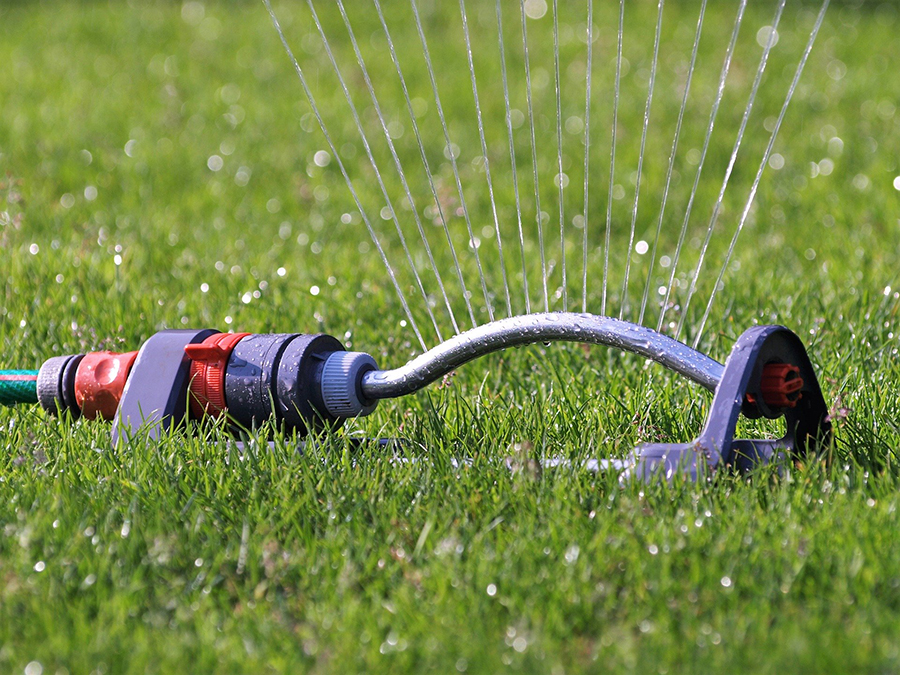
Water during the cooler parts of the day like at night or early in the morning. Watering at noon on a hot summer day will not only evaporate water coming from your sprinklers, but it encourages fungal growth and shallow root systems, which can make a lawn more susceptible to disease. Watering at cooler parts of the day gives water a chance to soak into the roots, meaning less water is used and a lower water bill.
Inspect your sprinkler system. Ensure the sprinkler heads aren't clogged or broken and that they're pointed in an effective direction. According to the EPA, even very small leaks can waste 6,300 gallons of water per month.
Don't water when it's not needed. If your area receives enough rainfall, turn off the automatic timer on your irrigation system. Also consider collecting rainwater in barrels at the base of your gutters and recycling that water for irrigation.
Finally, cut your grass at a taller height. Taller grasses promote longer roots, and longer roots can thrive with less watering.
Step 4: How to Naturally Kill Weeds in Your Lawn
Natural weed killers you can make at home
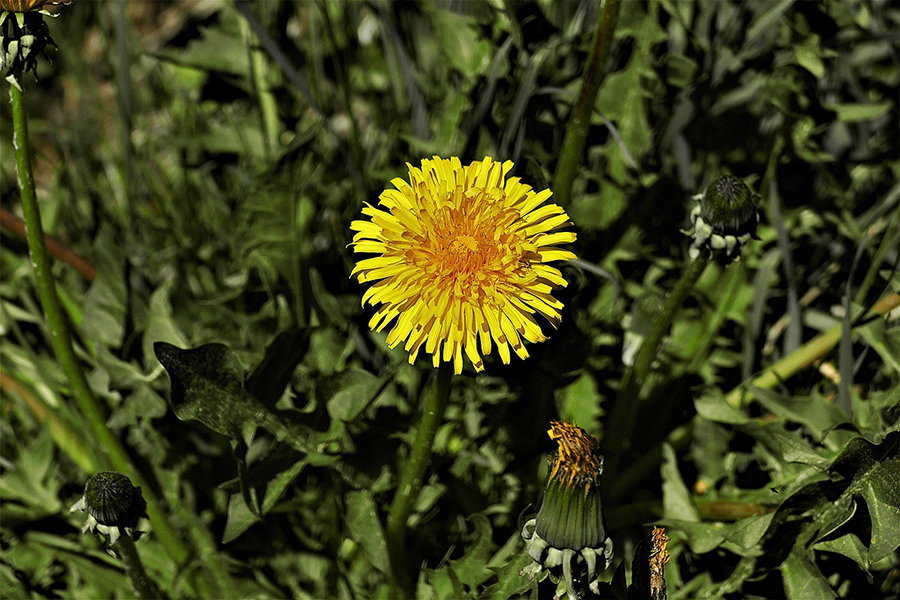
If you'd rather not use conventional herbicides, there are several natural herbicides that will help kill weeds in your lawn.
1. Vinegar
Acetic acid, or vinegar, has been proven to be an effective and eco-friendly weed killer. Vinegar works by drawing moisture from the weeds and dehydrating them. Using vinegar to kill weeds can be a quick and effective method, but it may require multiple treatments because the solution will not work its way into the root system. To create a stronger solution, add dish soap and salt. Dish soap helps the mixture bind to weeds and its leaves and the salt will pull additional moisture from them.
2. Essential oils
Essential oils work like the vinegar and soap solution. Oils such as clove, orange, peppermint and pine can be used for small weeding.
- Clove damages the cellular structures in vegetation
- Orange will help intensify the effect of the sun's ultraviolet rays and burn the weed's leaves
- Pine and Peppermint can help hinder the germination abilities of vegetation
Mix a few drops of these oils into your vinegar / soap / salt solution and monitor your results to see which work best with the weeds in your yard.
3. Corn gluten
Corn gluten is available as a powder and can be applied to a lawn twice a year. It works by preventing the growth of new dandelions and will even add nitrogen to the soil, fertilizing your lawn. Corn gluten is a safe alternative, but will not be effective on mature weeds.
4. Hand weeding
Hand weeding is an effective way to get rid of annual weeds and can also help control perennial weeds before they establish a large root system. The largest benefit to hand weeding is the cost – it's free. Although hand weeding is time consuming and requires manual labor, it's one of the most effective eco-friendly options toward a weed-free yard.
5. Cutting at an appropriate height
Mowing your lawn too short, or scalping, stresses lawns. By keeping your lawn taller, you not only avoid scalping it, but you discourage weed growth. The extra length of the grass blades helps shade the soil, prevent weed germination, encourage deeper and stronger root growth and absorb rainfall more effectively.
Step 5: Natural Ways to Kill Pests in Your Lawn
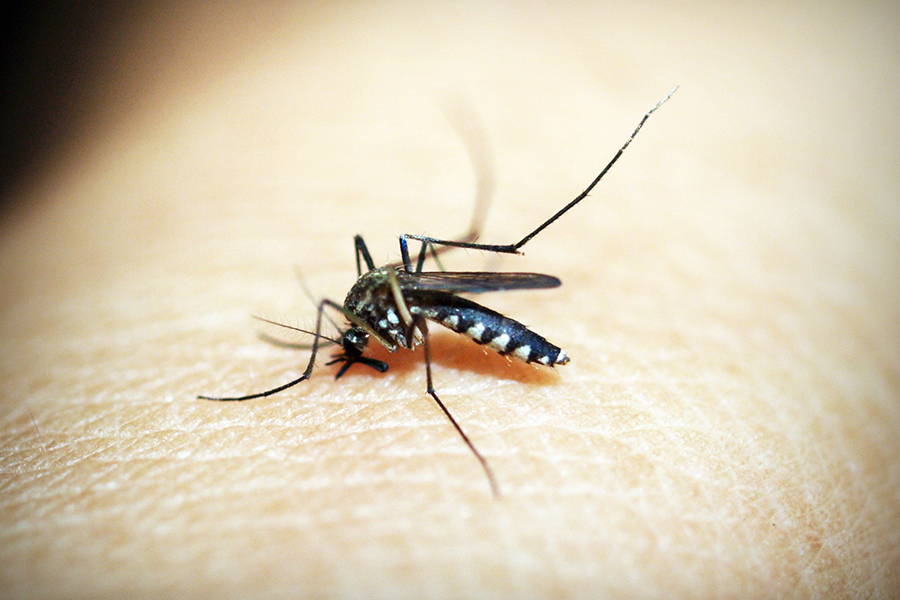
Natural Ways to Get Rid of Mosquitos
Mosquitos love moisture, and their gangs congregate anywhere near standing water and in areas with tall grass. Help keep mosquitos out with effective drainage in low spots in your yard, keeping any fixture, lawn ornament or tool free of standing water, and by mowing frequently. Also, light a few citronella candles when you want to spend time outside – mosquitoes hate them.
Natural Ways to Get Rid of Ants
Anthills invading your yard? Coating an anthill with baking soda and dousing in white vinegar will destroy it. If ants are still getting into entertainment areas around your yard, the Farmer's Almanac suggests mixing four ounces of water, two tablespoons of vodka, 15 drops of peppermint oil and five drops of cinnamon oil in a spray bottle and applying to patios, picnic tables swing sets and more.
If you want to get aggressive with your ant problem, leave out equal parts of Borax (toxic) and powdered sugar in an ant-accessible container. If you're lucky, they'll take it back to the colony and share with their friends.
Natural Ways to Get Rid of Spiders
Arachnophobia (fear of spiders) is a nationwide epidemic. If you're one of many individuals who don't like spiders, make your own natural, industrial-use, outdoor repellent by combining one package of chewing tobacco with one gallon of boiling water. Allow the tobacco to soak until the water cools and strain the mixture into a container.Put one cup of the tobacco juice and one-half cup of mint dish soap into a hose sprayer and spray around your yard. This mixture will also repel other bugs and mosquitos, so if you hate them all, this is the solution for you.
Additionally, you can plant mint, lemon grass, eucalyptus, lemon balm and lavender around your yard to deter spiders from entering.
Remember that it can be a lot of work to maintain a healthy lawn, but if you follow these steps to enjoy a beautiful lawn and protect the earth through natural and organic lawn care.